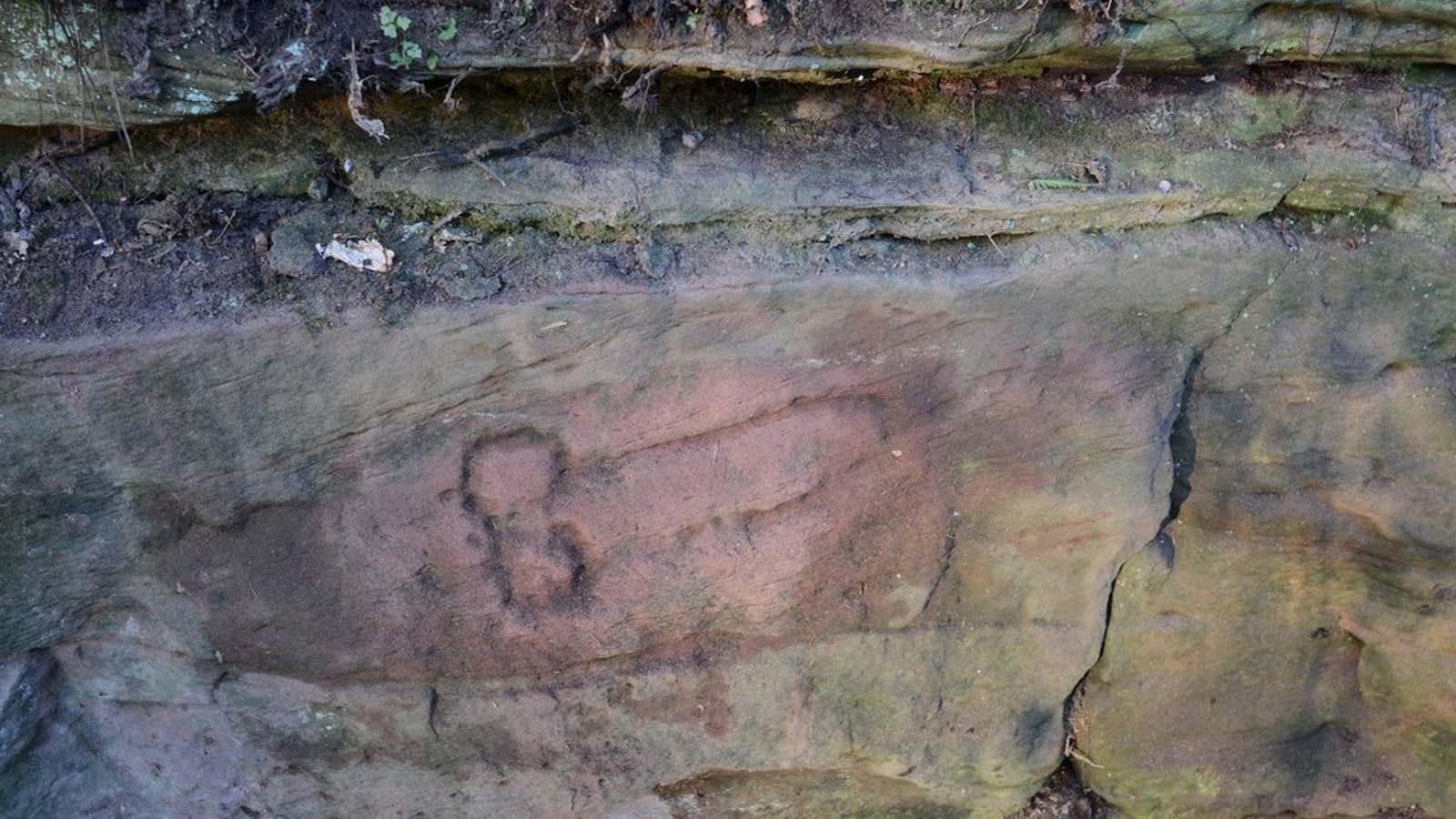The crude outline of a penis, though associated with juvenile humor these days, has long held deep symbolic meaning. So much so that archaeologists from Newcastle University discovered this week that ancient Roman workers etched an oversized penis into stone at a quarry near Hadrian’s Wall when they were stationed there in 207 AD.
The phallus was found among previously discovered graffiti and is believed to have been made by workers who were quarrying stone to help repair the wall. In the Roman era, the symbol was common and “more a general symbol of good luck,” Mike Collins, the inspector of ancient monuments for Hadrian’s Wall, told the Guardian.
Indeed, one of the university’s archaeologists, Rob Collins, told CNN he has found no less than 57 such symbols along Hadrian’s Wall. In ancient Rome, he said, the penis symbol was used to “ward off misfortune.” Phallus images adorned countless doorways and walls across the Roman Empire and were widely linked to power and good fortune.
Meanwhile, children and adults wore amulets shaped like flying penises, called fascinum, in an unscientific attempt to protect against sickness. As Atlas Obscura notes, Roman philosopher and scientist Pliny the Elder explained that such amulets were for those going into battle, too: “Infants are under the especial guardianship of the god Fascinus, the protector, not of infants only, but of generals as well,” he wrote. “It is the image of this divinity that is attached beneath the triumphant car of the victorious general, protecting him, like some attendant physician, against the effects of envy.”
And whereas the penis was the symbol of power and good fortune within Rome, it was a sign of domination on battlefields. Ancient Romans were very focused on the power associated with sex: Rape was used as a military weapon, and a soldier that allowed himself to be penetrated was sentenced to death.
So phallus graffiti, while amusing now perhaps, could have been seen as threatening 1,800 years ago. In ancient Rome, a penis represented so much more than just genitalia.
